1. Wang D, Hu B, Hu C, Zhu F, Liu X, Zhang J, et al. Clinical characteristics of 138 hospitalized patients with 2019 novel coronavirus-infected pneumonia in Wuhan, China. JAMA. 2020; 323(11):1061–1069. PMID:
32031570.

2. Stawicki SP, Jeanmonod R, Miller AC, Paladino L, Gaieski DF, Yaffee AQ, et al. The 2019–2020 novel coronavirus (severe acute respiratory syndrome coronavirus 2) pandemic: a joint American College of Academic International Medicine-World Academic Council of Emergency Medicine Multidisciplinary COVID-19 Working Group consensus paper. J Glob Infect Dis. 2020; 12(2):47–93. PMID:
32773996.

4. World Health Organization. International health regulations (second edition). Updated 2020. Accessed July 10, 2020.
http://www.who.int/ihr/.
6. Hale T, Petherick A, Phillips T, Webster S. Variation in Government Responses to COVID-19. Blavatnik School of Government Working Paper. No. 31. Oxford, England: University of Oxford;2020.
7. Pan A, Liu L, Wang C, Guo H, Hao X, Wang Q, et al. Association of public health interventions with the epidemiology of the COVID-19 outbreak in Wuhan, China. JAMA. 2020; 323(19):1915–1923. PMID:
32275295.

8. Carlsson AC, Wessman T, Larsson A, Leijonberg G, Tofik R, Ärnlöv J, et al. Endostatin predicts mortality in patients with acute dyspnea - a cohort study of patients seeking care in emergency departments. Clin Biochem. 2020; 75:35–39. PMID:
31672650.

9. Rahmatinejad Z, Tohidinezhad F, Reihani H, Rahmatinejad F, Pourmand A, Abu-Hanna A, et al. Prognostic utilization of models based on the APACHE II, APACHE IV, and SAPS II scores for predicting in-hospital mortality in emergency department. Am J Emerg Med. 2020; 38(9):1841–1846. PMID:
32739855.

10. Murao S, Yamakawa K, Kabata D, Kinoshita T, Umemura Y, Shintani A, et al. Effect of earlier door-to-CT and door-to-bleeding control in severe blunt trauma: a retrospective cohort study. Res Sq. Forthcoming. 2020; DOI:
10.21203/rs.3.rs-23452/v1.

12. Cabañas JG, Williams JG, Gallagher JM, Brice JH. COVID-19 pandemic: the role of EMS physicians in a community response effort. Prehosp Emerg Care. 2021; 25(1):8–15. PMID:
33074060.

13. Boyarsky BJ, Po-Yu Chiang T, Werbel WA, Durand CM, Avery RK, Getsin SN, et al. Early impact of COVID-19 on transplant center practices and policies in the United States. Am J Transplant. 2020; 20(7):1809–1818. PMID:
32282982.

14. Osler T, Rutledge R, Deis J, Bedrick E. ICISS: an international classification of disease-9 based injury severity score. J Trauma. 1996; 41(3):380–386. PMID:
8810953.
15. Maringe C, Spicer J, Morris M, Purushotham A, Nolte E, Sullivan R, et al. The impact of the COVID-19 pandemic on cancer deaths due to delays in diagnosis in England, UK: a national, population-based, modelling study. Lancet Oncol. 2020; 21(8):1023–1034. PMID:
32702310.

16. Jeffery MM, D'Onofrio G, Paek H, Platts-Mills TF, Soares WE 3rd, Hoppe JA, et al. Trends in emergency department visits and hospital admissions in health care systems in 5 states in the first months of the COVID-19 pandemic in the US. JAMA Intern Med. 2020; 180(10):1328–1333. PMID:
32744612.

17. Won LE, Hawkins JE, Langness S, Murrell KL, Iris P, Sammann A. Where are all the patients? Addressing Covid-19 fear to encourage sick patients to seek emergency care. NEJM Catal. Forthcoming. 2020.
18. Birkmeyer JD, Barnato A, Birkmeyer N, Bessler R, Skinner J. The impact of the COVID-19 pandemic on hospital admissions in the United States. Health Aff (Millwood). 2020; 39(11):2010–2017. PMID:
32970495.

19. Egol KA, Konda SR, Bird ML, Dedhia N, Landes EK, Ranson RA, et al. Increased mortality and major complications in hip fracture care during the COVID-19 pandemic: a New York City perspective. J Orthop Trauma. 2020; 34(8):395–402. PMID:
32482976.

20. De Rosa S, Spaccarotella C, Basso C, Calabrò MP, Curcio A, Filardi PP, et al. Reduction of hospitalizations for myocardial infarction in Italy in the COVID-19 era. Eur Heart J. 2020; 41(22):2083–2088. PMID:
32412631.
21. Wu J, Mamas M, Rashid M, Weston C, Hains J, Luescher T, et al. Patient response, treatments and mortality for acute myocardial infarction during the COVID-19 pandemic. Eur Heart J Qual Care Clin Outcomes. Forthcoming. 2020; DOI:
10.1093/ehjqcco/qcaa062.

22. Meza HT, Lambea Gil Á, Saldaña AS, Martínez-Zabaleta M, Juez PR, Martínez EL, et al. Impact of COVID-19 outbreak on ischemic stroke admissions and in-hospital mortality in North-West Spain. Int J Stroke. 2020; 15(7):755–762. PMID:
32525468.

23. Aldujeli A, Hamadeh A, Briedis K, Tecson KM, Rutland J, Krivickas Z, et al. Delays in presentation in patients with acute myocardial infarction during the COVID-19 pandemic. Cardiol Rev. 2020; 11(6):386–391.

24. de Havenon A, Ney JP, Callaghan B, Delic A, Hohmann S, Shippey E, et al. Impact of COVID-19 on outcomes in ischemic stroke patients in the United States. J Stroke Cerebrovasc Dis. 2021; 30(2):105535. PMID:
33310595.

25. Benussi A, Premi E, Pilotto A, Libri I, Pezzini A, Paolillo C, et al. Effects of COVID-19 outbreak on stroke admissions in Brescia, Lombardy, Italy. Eur J Neurol. 2021; 28(1):e4–e5. PMID:
32892411.

26. Devarakonda AK, Wehrle CJ, Chibane FL, Drevets PD, Fox ED, Lawson AG. The effects of the COVID-19 pandemic on trauma presentations in a level one trauma center. Am Surg. Forthcoming. 2020; DOI:
10.1177/0003134820973715.

27. Fouillet A, Pontais I, Caserio-Schönemann C. Excess all-cause mortality during the first wave of the COVID-19 epidemic in France, March to May 2020. Euro Surveill. 2020; 25(34):2001485.

28. Fouda A, Mahmoudi N, Moy N, Paolucci F. The COVID-19 pandemic in Greece, Iceland, New Zealand, and Singapore: health policies and lessons learned. Health Policy Technol. 2020; 9(4):510–524. PMID:
32874858.

29. Liang LL, Tseng CH, Ho HJ, Wu CY. Covid-19 mortality is negatively associated with test number and government effectiveness. Sci Rep. 2020; 10(1):1. PMID:
31913322.

30. Flaxman S, Mishra S, Gandy A, Unwin HJ, Mellan TA, Coupland H, et al. Estimating the effects of non-pharmaceutical interventions on COVID-19 in Europe. Nature. 2020; 584(7820):257–261. PMID:
32512579.
31. Tian H, Liu Y, Li Y, Wu CH, Chen B, Kraemer MU, et al. An investigation of transmission control measures during the first 50 days of the COVID-19 epidemic in China. Science. 2020; 368(6491):638–642. PMID:
32234804.

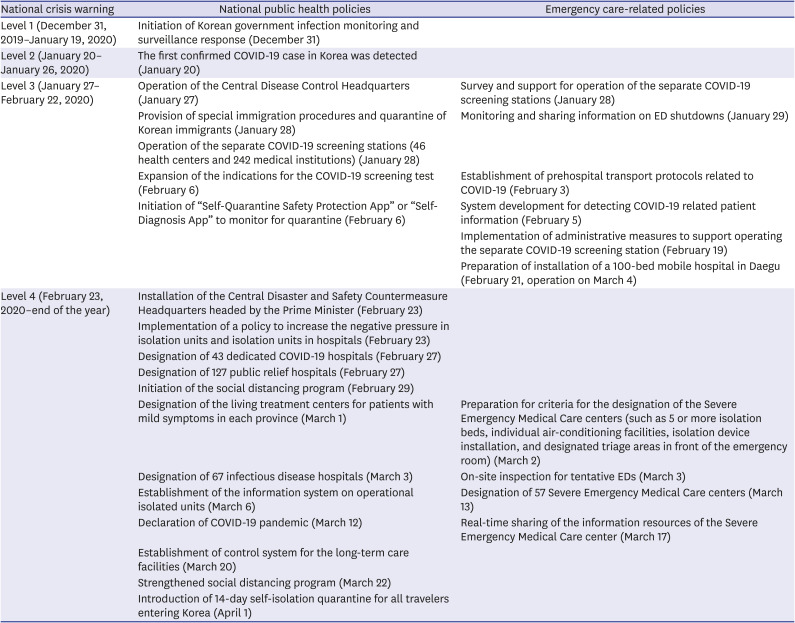
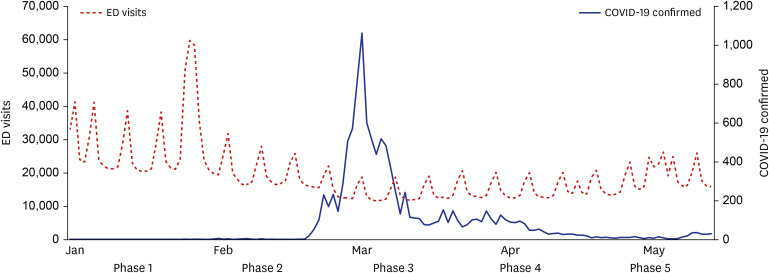
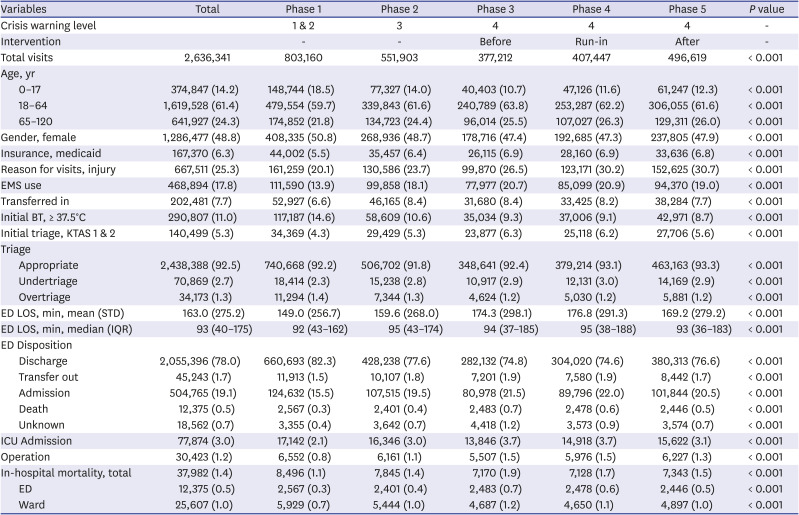
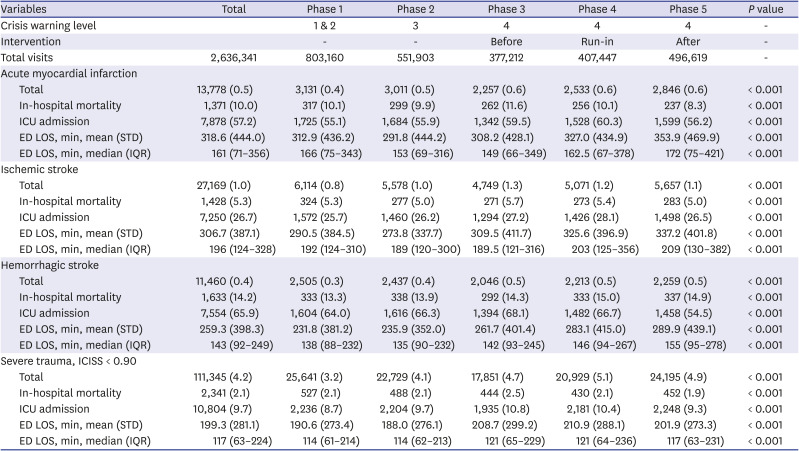






 PDF
PDF Citation
Citation Print
Print



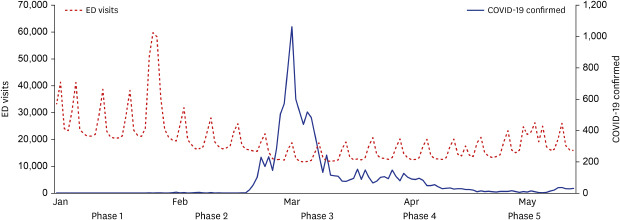
 XML Download
XML Download